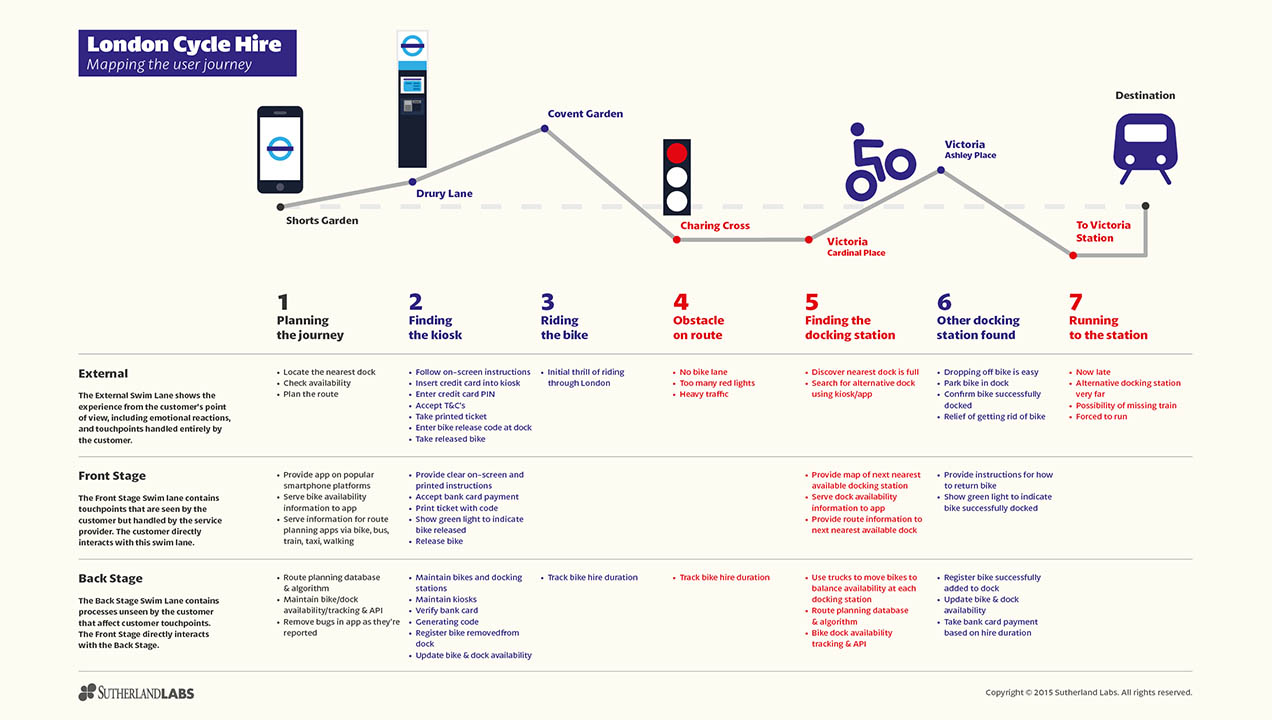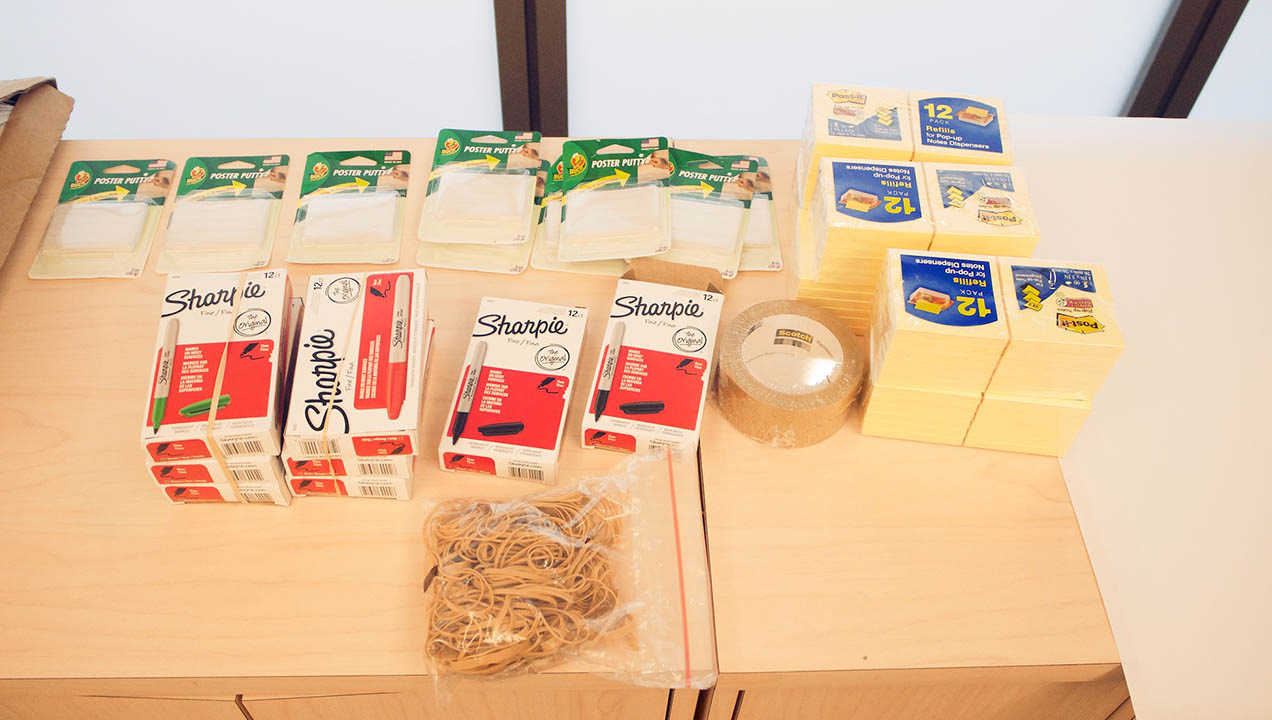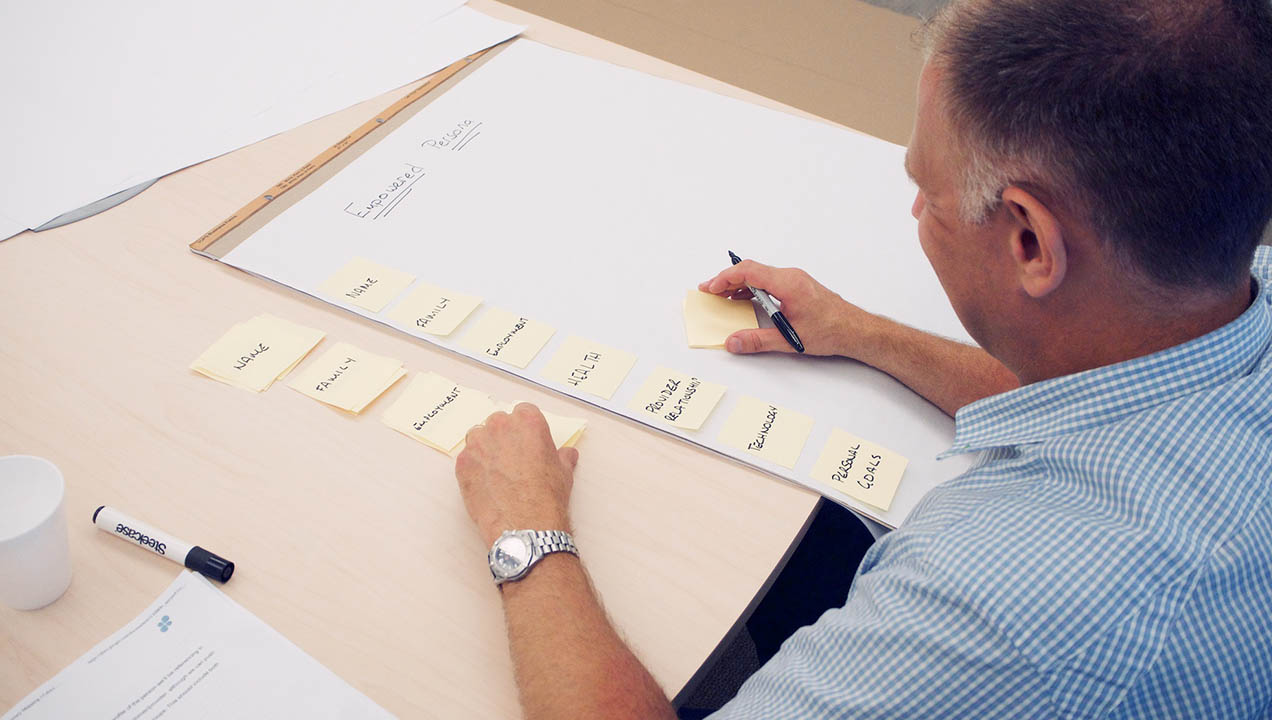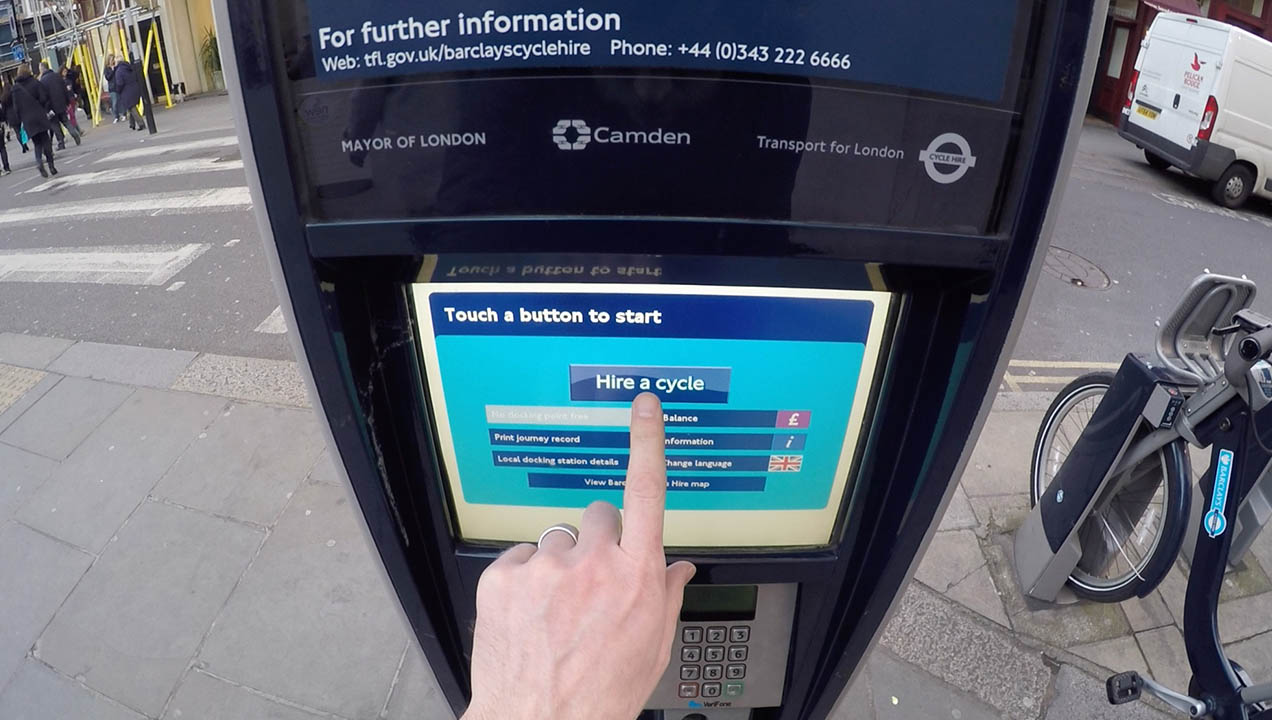How to create effective customer journey maps
Journey maps are a tangible expression of the rising interest in customer experience – highly visual, attention-getting, and dense with information. With the spotlight on them, it’s important that they deliver, rather than just look nice. Simon Herd, Director of Design Research, provides some tips for practitioners looking to make their maps more effective.

London Cycle Hire Journey Map by Sutherland Labs
Planning
Customer journey maps typically have common elements, such as journey stages and touchpoints; however, they come in many forms. Thinking about the right form for any particular map is an important first step.
Clearly define the problem the map is aiming to solve
Though some talk about journey maps as if they were a standardized one-size fits all too, the biggest mistake people make is to use a format which doesn’t fit the purpose of a particular project. There will be an underlying reason for journey mapping and this should drive its fundamental structure.
Is the intention to use the map:
- to reflect the current experience or to propose a new experience?
- to align channels better?
- to compare your group’s brand experience against a competitor’s?
- to drive high-level strategy or low-level change
Once you’ve defined the problem you’re trying to solve, you can define a framework for the map which you’ll complete in a journey mapping workshop.
When thinking about what journey to map, and prioritize
You may feel you have 100 customer journeys, but fixing the most common/important will resolve many of the others too. Also, you’ll quickly lose focus if you go too detailed on the map – leave that for after the mapping activity and allow yourself to work at a manageable level. At this stage, it’s better to define 1, 2, or 3 specific journeys well, than 100 journeys abstractly.
You may feel you have 100 customer journeys, but fixing the most common/important will resolve many of the others too.
Base map content on customer research
If you take on none of the other tips, this is the one that will make your project worthwhile. Your company’s internal view of the customer’s experience is important, but may not reflect all of what the customer does, making it easy to miss valuable insights and opportunities for innovation. If you can’t afford full research projects, use lower cost techniques, such as vox pop street interviews, or talk to your contact centre/ store staff (as they’ll speak to customers every day).
Emotion is critical
Tracking customer emotions across the journey is important to understand what matters to customers and so where you can make a difference. For example, a problem at the point of payment is going to be stressful and needs to be prioritized. Equally, ambivalence about researching your product means you need to adapt product messaging to make it easily digestible.
Buy extra-sticky post-it notes
Post-it notes are the building block of most journey maps. However, they have an irritating tendency to detach and flutter to the floor if not firmly stuck. A super-sticky post-it note is the answer.

Creating the map
Maps can be created in isolation, but we find that a collaborative process, involving workshops with wider stakeholders is best. In fact, many of our customers tell us that it’s the discussion that takes place in the workshop where the value lies, more than in the map that results. The map is just the mechanism to create the discussion.
Create the journey with a particular persona in mind
A snapshot of the preferences, capabilities and needs of the customer is an important frame of reference. Creating such a persona helps all involved in mapping to build empathy and a deeper understanding of needs, which in turn drives innovation.
Create maps collaboratively
UX staff have a central role, but front line, technical, marketing and other staff have a deep well of experience to contribute. Involve them as much as you can in the mapping exercise.
Assign someone to be the map master
Getting a range of people involved in map creation is great, but somebody needs to control the process. People come with slightly different interpretations of what they’re doing and what’s important. Having a gatekeeper to steer what goes on the wall keeps the exercise coherent and best harnesses contributions.

Actively manage large groups
If you’re dealing with a large workshop, allocate participants to subgroups covering the most appropriate parts of the map to them. The map master can then steer each group and track the bigger picture. Each subgroup can then present their stage to others to ensure stages integrate and nothing is lost.
Think broadly about where the journey starts and ends
Don’t restrict your thinking about where your existing customer experiences starts and ends. Thinking about what customers do before and after they interact you can reveal opportunities for change. Also, remember that processes may not even be linear.
Touchpoints shouldn’t be at the screen level
Customer events, such as phone calls and instances of web browsing are a focal point of any map. When identifying these, be careful to keep these reasonably high-level. If you define touch points to cover each screen in an existing process, you’re more likely to refine rather than reinvent. You’ll also get quickly swamped in detail.

Don’t overcomplicate your map key
Any map contains a combination of symbols, shapes and colour to signify information such as priorities, delivery channels and other information. It’s easy to get carried away in defining these in great detail. However, making mappers think too much about a range of possibilities will detract from thinking about the task in hand. Keep it simple.
But don’t lose sight of other valuable insights
During the mapping workshop its inevitable that you’ll identify useful insights that don’t apply to the persona at hand. Participants can get distracted by worrying about these. Capture these separately from the map. By visibly recording them elsewhere, you’ll acknowledge contribution, keep the group focused and ensure nothing is lost.
Taking next steps
Once the map is created, you’ll need to review it to identify where the issues and opportunities lay and identify next steps. Again, collaboration is key.
Triage the top issues together
When reviewing a journey, nobody can be an expert in everything. Having multiple disciplines involved in analysis gives a more rounded view in identifying what’s most important and defining next steps. Getting consensus on these also increases acceptance within the organisation more quickly, so it’s wise to do for more than one reason.
Prioritize against other data sources
Maps are dense with information, so you’ll need to prioritise next steps. One good way of doing this is to look at other sources of data e.g. support calls, NPS, sales and returns. Cross-referencing the insight from research and mapping against the depth of data can validate and provide a different perspective.
Look closely at the final experience
The customer’s last memory of interaction with you will be the most influential. If you’ve very had an online shopping experience undermined by poor delivery you’ll understand this point. Pay particular attention to this part of the journey when deciding what to do next.

When reviewing a journey, nobody can be an expert in everything. Having multiple disciplines involved in analysis gives a more rounded view in identifying what’s most important and defining next steps.
Create maps for sharing
You’ll need to document the map created, using Omnigraffle or something similar. When doing so, think carefully about how it will be used. A map can be the length of a wall in creation, but this is going to be difficult to read in full view on screen. If you’ve got a big audience for the map, think about how it broken down for easy incorporation within presentation slides. Chunking by stages to do this is easy to design in, but painful to do afterwards. You can also create posters or other artefacts to spread the message.
If maps have been created collaboratively, publicize this. Take a photo of those involved by the map and include it on internal news. It’s a positive story where staff have been involved in setting direction, be proud of it.
